Planet
As a shipping company operating worldwide, we need to take responsibility for the environment we operate in. Our strategy has been re-shaped to best meet our commitments and continue to help decarbonize our customer's supply chains. We take a proactive approach to managing our environmental performance.
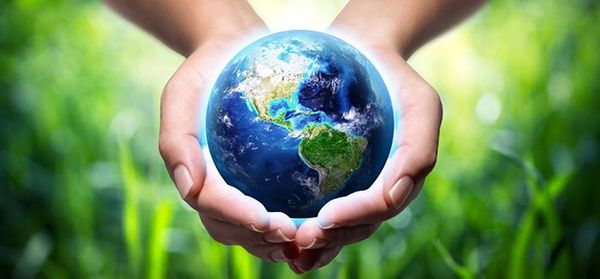
Planet development goals
- Reduce Annual Efficiency ratio (AER) to reach a reduction of 30% from 2019 to 2030 and net zero by 2040
- Partner with customers to create and grow greener products and services
- Improve our asset life cycle management based on our responsible business philosophy
Read more about our goals and targets on our strategy and governance page.
Climate Change
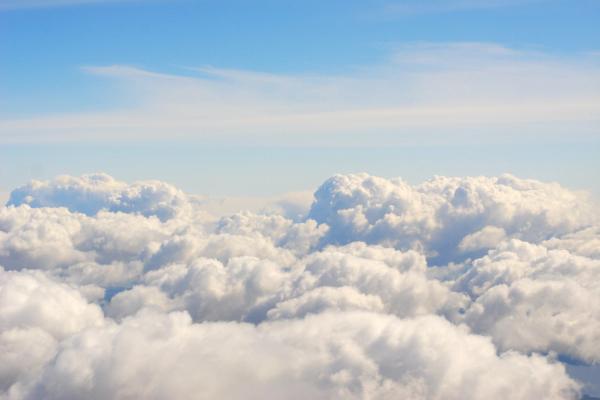
Emissions to Air
Höegh Autoliners has high sustainability ambitions and is on a clear path to net zero, and our main emission challenge as a shipping company is emissions to air. To meet this challenge, we commit to using only compliant fuel and focus our efforts on reducing our vessels' fuel consumption. Höegh Autoliners focuses both on more ambitious fuel savings programs and on hull/machinery modifications.

Carbon intensity Indicator (CII)
On November 1st, 2022, amendments to the International Convention for the Prevention of Pollution from Ships (MARPOL) Annex VI entered into force, making it mandatory from January 1st, 2023 to calculate each vessel's annual operational carbon intensity indicator (CII) and its CII rating. Based on a ship’s CII, its carbon intensity will be rated A, B, C, D or E (where A is the best).
The rating indicates a major superior, minor superior, moderate, minor inferior, or inferior performance level. A ship rated D for three consecutive years, or E for one year, will have to submit a corrective action plan to show how the required index of C or above will be achieved. We are proud to have the best CII rating in the PCTC segment with about half of the Group’s vessels having received a Carbon Intensity Indicator (CII) rating of A-B in 2022.
All of our vessels built after 2010 have an engine configuration that can be converted to Methanol in the future. We continue our work on optimizing the fleet to further improve the CII score in the future. All of Höegh Autoliners’ six Horizon class vessels have achieved an A CII rating as they are 40% more efficient than a standard PCTC vessel.
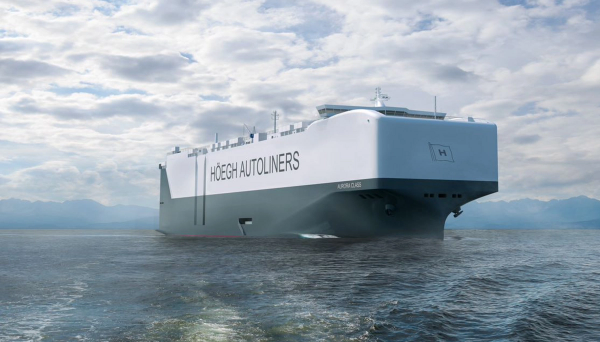
30 by 30, zero by 40
Höegh Autoliners fleet wide KPI for fuel efficiency is aligned with IMO’s and Poseidon Principles standard CII and Annual efficiency ratio (AER). The weighted average AER/CII managed by HTM and our US flag fleet was 5,13 g CO2/ GT*Nm, which is an improvement of 2,5% compared to 2021.
Our target is to improve efficiency by 2% by the end of 2023 and 8% by the end of 2026. To further substantiate our vision to reach net zero operations by 2040, we have adopted a target of a reduction of our AER of more than 30% by 2030 (30 by 30) compared to our 2019 levels to strengthen our position as the leading green PCTC operator. This will put us in a position to partner with sustainability-focused OEMs and continue to develop commercially attractive green propositions.

How we work to reach our targets
We have developed a detailed plan for meeting the AER targets in 2025 and 2030. Improved efficiency, use of low-carbon fuels and fleet renewal will enable Höegh Autoliners to meet or exceed the targets set by IMO and EU.
During 2022, Höegh Autoliners has signed contracts for twelve multi-fuel and zero carbon ready Aurora class, which will have DNV’s ammonia and methanol ready notations. The vessels will be delivered from the end of 2024 and onwards.
The class will be the first in the PCTC segment ready to operate on zero-carbon ammonia. Together with the capacity to carry up to 9,100 cars, the industry-leading Aurora class will be the world’s largest and most sustainable car carriers.
Vessel Life Cycle
We have been working systematically with emissions reductions and fleet improvements for more than a decade resulting in substantial carbon savings and emissions cuts. The progress has been obtained through continuous investments in new technology and other vessel improvements.
Design of new vessels
The most effective way of controlling the environmental footprint is to ensure that the vessel design takes this into account from the keel and up. During 2015-2016, we took delivery of six new vessels built on an environmentally smarter design – the New Horizon. These vessels have the capacity to carry more cargo than traditional vessels and the design team has focused on energy efficiency throughout the design process. Therefore, these new vessels emit only half of the CO2 per unit transported compared to a conventional car carrier.
Modifications of Existing Vessels
An already-built vessel can be modified to reduce its impact on the environment. Höegh Autoliners has deployed an extensive program to identify possible actions. Several vessels have received new bulbous bows that significantly reduce water resistance. We have furthermore optimised the propellers on many vessels, to obtain better energy efficiency. All our vessels are also subject to regular hull cleaning and propeller polishing to reduce drag and improve energy efficiency.
Green Recycling
With a dedication to the environment, health and safety, it is in line with our business model to end the service of our old vessels in a manner that is safe for both humans and the environment.
Our commitment to green and responsible recycling of vessels is based on the Hong Kong International Convention for the Safe and Environmentally Sound Recycling of Ships that was adopted by the International Maritime Organization (IMO) in 2009. When we decide to take older vessels out of service, they are dismantled under strict requirements in approved shipyard facilities. This ensures that the vessel is recycled in a safe and environmentally friendly manner under controlled conditions.
Our Scope 1 emissions consist of direct emissions from our financially controlled operations. Close to 100% of our Scope 1 emission comes from our shipping operations, through consumed fuel and refrigerants used onboard our vessels.
2022: 1 198 (1 000 tonnes of CO2e) (2021: 1 330)
Our Scope 2 emissions consist of indirect emissions from the generation of purchased electricity. 2022 Location-based: 291 CO2e (2021: 276) 2022 Market-based: 478 CO2e (2021: 486)
Our Scope 3 emissions include emissions from purchased fuels and flights. We are in the progress of mapping our scope 3 emissions from our value chain. 2022: 214 (1 000 tonnes of CO2e) (2021: 233)
Environmental compliance
We're aware of our impact on land and sea life, and we continuously improve our practices to prevent environmental harm. Protecting marine life is a top priority for us, and we work towards reducing overboard emissions and preventing the spread of invasive species through ballast water management.
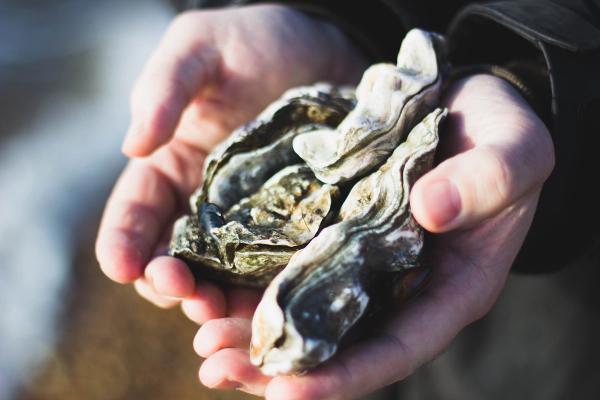
Ballast Water Treatment Systems (BWTS)
With a goal to be at the forefront of environmental protection at sea, minimising the spread of invasive species through ballast water is essential for Höegh Autoliners.
Ballast Water Treatment Systems (BWTS) have been incorporated in the company's new shipbuilding (Newbuilding) projects since 2014, minimising the risk of spreading harmful organisms between ocean regions.
Only BWTS with the highest rating, and certified by both the IMO and USCG are selected for the Höegh Autoliners vessels. In 2017, well ahead of the IMO rules entering into force, Höegh Autoliners started retrofitting BWTS onboard existing vessels (built before 2014). At the end of 2022, BWTS was installed on all of our vessels.

Sludge and Bilge Water
In our aim to protect life below sea, we also work to minimise the amount of waste oil, sludge and bilge water produced. The sludge and bilge are cleaned on board using state-of-the-art equipment. To monitor the discharge from the oily water separator, all our vessels have a White box system installed. The White box system is an automatic system that analyses the water content from the separator and if it is found to contain more residue than allowed, it will automatically flow it back to the bilge tank and prevent discharge. By controlling and separating the residue from the water, we ensure that we have only solid waste for disposal onshore and clean spill water. The system is connected to the vessel GPS, preventing the release of spill water inside restricted areas and has a tracking log of all operations to provide verification of discharge.
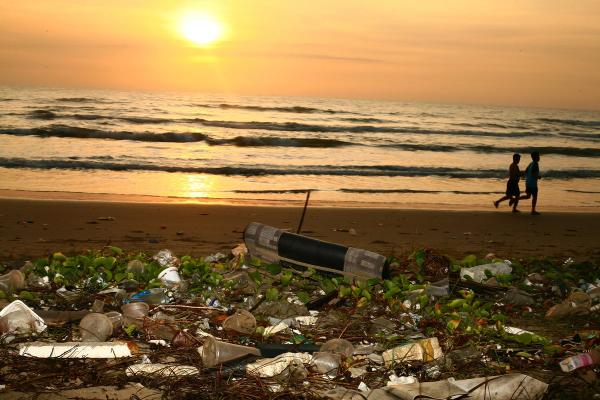
Zero Garbage Overboard
In Höegh Autoliners we operate a zero garbage overboard principle. This means no garbage other than food waste is to be discharged into the sea. All garbage produced on board is segregated in separate containers, and only disposed of at approved shore facilities. Our vessels also apply onboard incineration systems.

Biosecurity
With the shipping industry accounting for almost 90% of global trade, ships are a critical factor in transferring organisms from different geographical areas. The importance of biosecurity measures is therefore significant. The BMSB is not native to Oceania and when it enters its fauna, it causes severe damage to fruit and vegetable crops. While the bug is a known agricultural pest in Asia and the US, they have not yet spread to Oceania. This has been the result of strict biosecurity enforcement measures introduced by the Australian and New Zealand authorities to combat the bug in the region and Höegh Autoliners takes great care to ensure that BMSB is not carried to Australia and New Zealand and appreciate all efforts taken by our customers to reduce risk related to this.
Green Ship Recycling
Höegh Autoliners executes the disposal of old vessels in a manner that is safe for both humans and the environment. All obsolete vessels, sailing and declared a total loss, are recycled based on the Hong Kong International Convention for the Safe and Environmentally Sound Recycling of Ships. Vessels are dismantled under strict requirements in approved shipyard facilities. Any recycling yard selected must comply with the Höegh Autoliners Supplier Code of Conduct.
In working with qualified Ship Recycling Facilities, there are established management systems, procedures and techniques which do not pose health risks to the workers or have a negative impact on the local community. By choosing established ship recyclers who have facilities that handle toxic waste responsibly and ensure proper safety procedures that protect workers, Höegh Autoliners maintains its strict safety standards when recycling vessels.
Since committing its first vessel to green recycling in 2009, the Group has only disposed of ships through green recycling. The recycling facility is required to be certified in accordance with:
- “Statement of Compliance” in accordance with the 2009 Hong Kong Convention and the IMO 2012 “guidelines for safe and environmentally sound ship recycling” (Issued by an IACS member Classification society).
- ISO 14001 Environmental Management systems
- ISO 45001 Occupational Health and Safety
- ISO 9001 Quality Management
Höegh Autoliners did not recycle any ships in 2022.